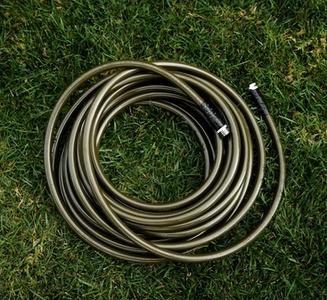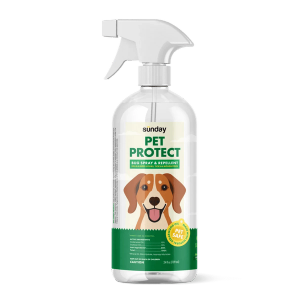This mow is different
You may be wondering, When is the right time to start mowing? Should I mulch or collect my clippings? Or how do I sharpen my mower blades?
The good news is you don’t need to be a turf expert to be a mowing pro. Before you mow, follow these steps to make sure you start the year off right.
Clear the debris
Typically between late March and early May (depending on your climate), turfgrass will come out of dormancy and begin growing again. But before you can see if grass is ready to cut, you have to clear any debris left over from fall and winter. The first step is to rake. This will help you clear dead grass, leaves, and sticks. Once cleared, you’ll be able to get a good look at your lawn.
Check grass length
Once you are sure that your grass is actively growing and no longer dormant, measure your lawn to make sure that your grass is longer than the recommended mowing height. If you aren’t sure what your ideal cut length is, check our mowing height chart to be sure that your lawn is ready to start mowing. Let your lawn grow just beyond its recommended height before the first cut. Remember, don't cut off more than one third of your grass length when you mow.
Sharpen your blades
Shape blades make clean cuts. Not only will sharpening your mower blades prevent leaf tearing (which can cause unnecessary stress to your lawn!), but also it will keep your mower working efficiently, which will save fuel and time. Follow the steps below and check out our step by step blade sharpening video.
How to sharpen mower blades
- Make sure the gas cap is tight.
- Tilt your mower on its side.
- Unbolt mower blades. (Be sure not to lose any hardware.)
- Use a sharpening stone or filing tool to sharpen blades.
- Put the blades back on as they were before sharpening.
Start mowing
Now for the fun part. Your lawn is clear of debris, your grass is the right length, and the blades are sharp: It’s time to get out there and start mowing! For best results, try to avoid cutting right before or right after a heavy rainfall. We recommend grasscycling whenever possible. It is a great way to turn those clippings into much-needed organic matter that will benefit your soil health. If grass clippings start to pile up on top of the lawn, it might be necessary to bag them.
Rotate mowing patterns to prevent compaction or divots, and make sure that your grass blades are being cut evenly throughout the lawn.
Read more on how to mow and maintaining your mower to keep up best practices all season long!
Sunday Tip:
Mow before applying Sunday products. This method helps remove unneeded leaf tissue off of the lawn so nutrients can move past the grass canopy to be absorbed into the soil and by the plant. By mowing before you apply your Sunday nutrient pouche you'll get the most bang for your buck AND helping your lawn absorb nutrients effectively.


















